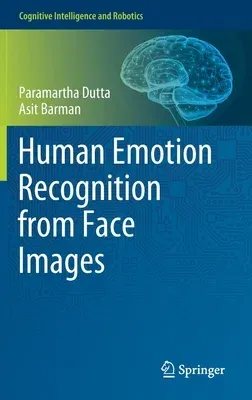Paramartha Dutta
(Author)Human Emotion Recognition from Face Images (2020)Hardcover - 2020, 27 March 2020

Qty
1
Turbo
Ships in 2 - 3 days
In Stock
Free Delivery
Cash on Delivery
15 Days
Free Returns
Secure Checkout

Part of Series
Cognitive Intelligence and Robotics
Print Length
264 pages
Language
English
Publisher
Springer
Date Published
27 Mar 2020
ISBN-10
9811538824
ISBN-13
9789811538827
Description
Product Details
Authors:
Book Edition:
2020
Book Format:
Hardcover
Country of Origin:
NL
Date Published:
27 March 2020
Dimensions:
23.39 x
15.6 x
1.75 cm
ISBN-10:
9811538824
ISBN-13:
9789811538827
Language:
English
Location:
Singapore
Pages:
264
Publisher:
Weight:
576.06 gm